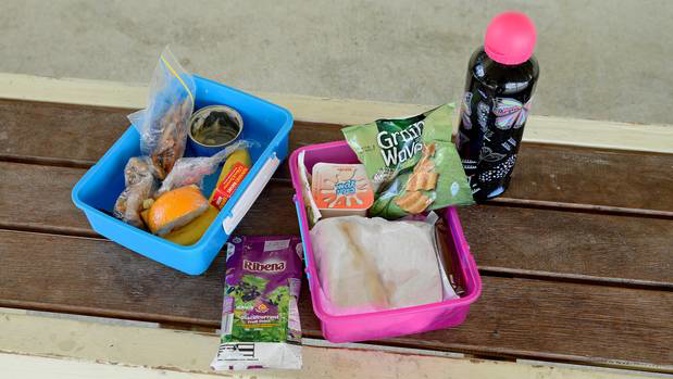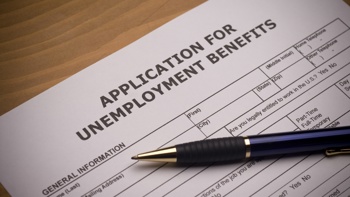
A Friday hangi, cauliflower and chipotle tacos, and even a hummus and salad wrap were among 80 dishes rejected for not being healthy enough in the Government's free school lunches programme.
There are now 790 schools in the Ka Ora, Ka Ako Healthy School Lunches programme, which allows schools to offer a free lunch to students. That will expand to 964 schools and kura by the end of the year, more than 25 per cent of school students.
There are strict guidelines to ensure those lunches are healthy: so strict that National Party education spokesman Paul Goldsmith has asked if the focus on health has come at the price of palatability for children.
"Obviously we want the meals to be healthy, but you also want them to be eaten.
"All parents know you have to juggle the natural desire for healthiness with the desire for the lunch to actually be eaten.
"My parents wouldn't have passed the grade with the marmite and chip sandwiches I got – or marmite and lettuce on a bad day."
The list of dishes which fell foul of the nutritional guidelines in term 1 of the school year included a variety of filled rolls, sandwiches, wraps and other school lunch staples – as well as unhealthy options such as pizza bread, burgers and nachos.
A Friday hangi lunch was rejected because it was not 75 per cent healthy.

Lunch packs for the food in schools programme. (Photo / Bevan Conley)
Butter chicken was a no-no, as were zucchini and corn fritters, creamed corn baskets with carrot salad and pasta salads. Several roast dinner options were rejected for not being healthy enough.
Some meals were rejected because they were the wrong portion size. The guidelines stipulate a maximum of 50g of meat for a filled roll, or up to 120g for a meat-based meal.
All fat is also expected to be trimmed from any meat or chicken used.
Sushi was allowed, provided it did not contain fried food fillings.
However, a cheese and lettuce sandwich was rejected because it had "no protein".
The programme has come in for scrutiny for its cost and questions around how many leftover and partially eaten lunches there were.
Goldsmith said the Government needed to justify the need for offering the lunch programme so widely, given the $676m allocated to it for the next four years while schools were crying out for more support to deal with issues such as support for children with autism or ADHD.
Education Minister Chris Hipkins said he accepted there was some wastage of food from uneaten meals, but schools had reported that that reduced over time as the children got used to eating the food provided to them.

Education Minister Chris Hipkins announces extension of the Ka Ora Ka Ako scheme at Welcome Bay School in March. (Photo / George Novak)
He said it was important there was a standard across schools to ensure the lunches were healthy, and allowed children to try new foods and develop good eating habits.
"Highly processed food is cheap, convenient and tastes great. Many parents – me included – understand the difficulties of getting children to eat healthy food."
Providers of the lunches have to meet strict nutritional and portion size requirements.
The traffic light system of guidelines requires at least 75 per cent of a meal to be "green items" - healthy food such as wholegrains, vegetables, or fruit, and low-fat protein such as chicken, seafood or legumes.
Any dish that included "red items" was not allowed – examples of red items included chips and lollies.
Only milk (preferably low fat) and water can be served as a drink.
Earlier this year, the Ministry of Education started monitoring some schools to find out how many children were not eating the provided lunches, and the reasons why.
Schools are asked to note which lunches were not being eaten, and work with the suppliers on the menus. The Ministry of Health said since term 1, most suppliers had adjusted their menus so dishes met the guidelines.
Schools were not required to record the number of extra or uneaten lunches on a daily or weekly basis, but were asked to provide an estimated percentage at the end of each term.
Take your Radio, Podcasts and Music with you









